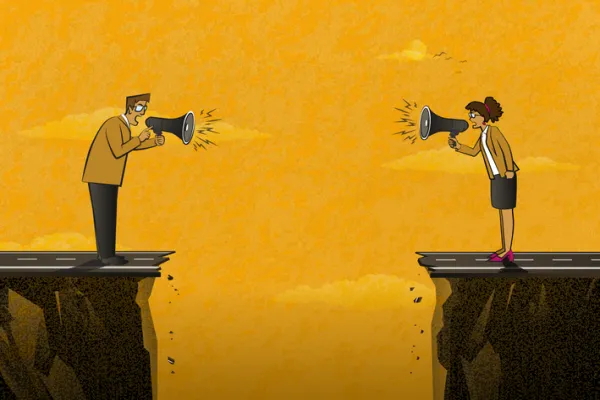Portfolio managers at Wells Capital Management are ready to start using credit derivatives. Now they have to find an efficient way to handle the resulting back-office chores.
James Hintz, head of operations at the San Franciscobased Wells Fargo Bank subsidiary, which has $160 billion in institutional assets, says he plans to have an automated system in place by early 2006 to process credit derivatives trades. "If automation allows you to firm up the data on your transaction in a matter of hours instead of days, it certainly reduces operational risk," he says.
Wells is one of a growing number of buy-side firms signing up for services that automate credit-default-swap trade processing. Meanwhile, regulators are intensifying their warnings to market participants about poor back-office automation in the credit derivatives market, where, according to the International Swaps and Derivatives Association, 60 percent of trades are still processed manually and confirmation faxes sometimes go unsigned for days.
Bad documentation can cast doubt on the enforceability of a trade and cause misunderstandings about its terms; these problems are drawing increasing attention from regulators. In July an industry group headed by E. Gerald Corrigan, a managing director at Goldman, Sachs & Co. and former president of the Federal Reserve Bank of New York, called on dealers to increase efforts to automate trade matching and confirmation. In September the New York Fed met with dealers to discuss operational risks, and the bank's president, Timothy Geithner, said more automation was needed as soon as possible.
The interest-rate-swap market is relatively well automated; regulators fret mainly about the CDS market, where the volume of outstanding contracts has exploded to $8.4 trillion from less than $1 trillion four years ago, according to ISDA. Most dealers automated their CDS processes years ago, but investors have been slow to do so. Buy-siders, whose trading volume, though growing, is still small compared with dealers', have little incentive to spend money on back-office automation. But following last month's New York Fed meeting, dealers said they might even stop trading with buy-siders who continue to drag their feet.
This lack of automation undermines matching and confirmation, among other things. After checking a faxed trade confirmation for errors, an investor is supposed to sign and return it to his or her dealer within hours. In practice, ISDA says, CDS trades are confirmed in 13 days, on average. Furthermore, trade details are mistranscribed 9 percent of the time.
But relief is on the way.
In September, T-Zero, a spin-off of New Yorkbased CDS interdealer trading network Creditex, went live with messaging software that lets dealers and clients capture, share and match trade details electronically.
Mark Beeston, president of T-Zero, says the service links previously unconnected participants: trade executors, financial intermediaries, operational vendors and risk management ser-vices. "What nobody does is sit between all the layers of participants and allow them to connect with each other," he explains.
T-Zero also automates assignments. Investors who want to unload CDS contracts often assign them to other parties that service them until expiry. Unfortunately, they often forget to notify their original counterparties. Assignments account for about 20 percent of transactions but cause the majority of errors and delays.
Depository Trust and Clearing Corp., which has been matching and confirming derivatives trades since 2003, last year launched a service that informs third parties of assignments. With 24 dealers and more than 100 buy-side firms (up from 50 at the beginning of 2005) as members, DTCC's Deriv/SERV is the most widely used automation platform.
Electronic trading platforms are also joining the fray. New Yorkbased Market- Axess launched CDS index trading in September, and Thomson TradeWeb hopes to do so in October (Institutional Investor, September 2005). Online trading captures trade data and passes it straight through to confirmation.
"Vendors are coming in to offer solutions to clients that are not big banks and won't be building their own systems," says Thomas Benison, head of North American credit product management at J.P. Morgan Chase & Co. "These are all pieces that are moving us forward."





